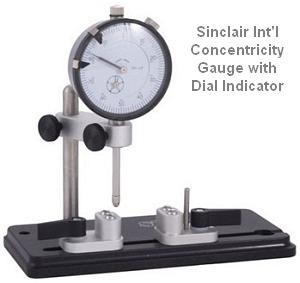GW Hunter
Well-Known Member
Looking to buy a gauge to determine run out. Which gauge do you like best? Any opinions appreciated. Thanks
 Help Support Long Range Hunting Forum
Help Support Long Range Hunting Forum
Looking to buy a gauge to determine run out. Which gauge do you like best? Any opinions appreciated. Thanks
21 Century also make a nice unit.



